Is This a Good Year to Visit Rome? You Bet
When people ask me why I moved to Rome in late 2022, I answer this way: There’s never been a better time to be here.
Rome has always been a playground for anyone with even an inkling of artistic and archaeological interest. Its sights, sounds and sites could keep you for months. Yes, the food is epic (more on this later,) the light is porous, velvety, addictive, the weather is year-round mild, the parks are abundant and perfect for strolling, endlessly, aimlessly.
But really, Rome’s magic is more about the energy it has now. It’s infectious. Something’s bubbling under the surface, and it makes for a fun experience, ideal for those willing to explore beyond the usual.
For years, one of the most beautiful cities in the world has suffered from lethargy, relying on its languid beauty and dolce vita cliches to attract a stream of tourists that steadily increases year after year without feeling the need to upgrade or shake things up.
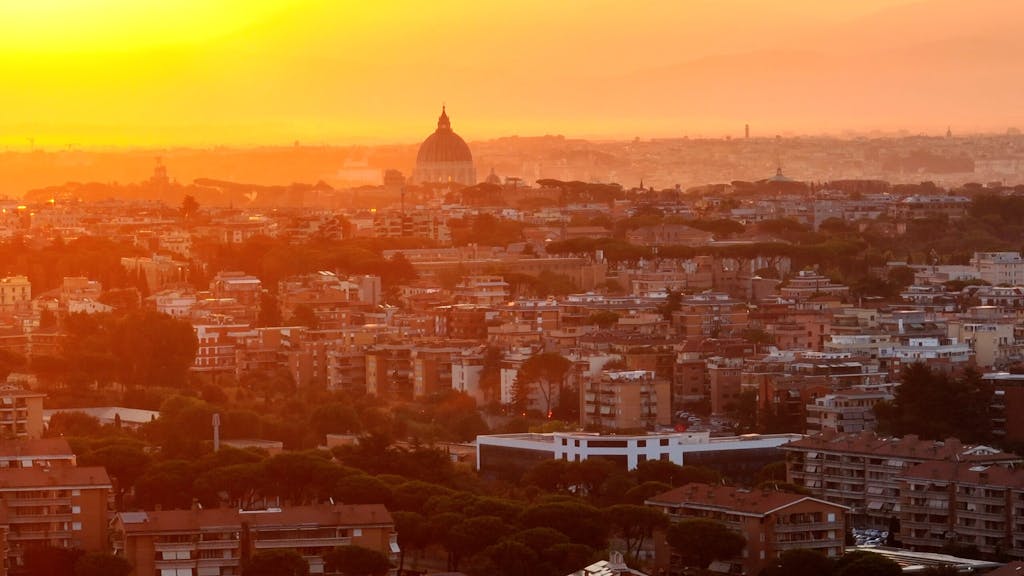
Things started to change as the city began making itself over for the Jubilee. The year-long celebration of the Catholic world started on Christmas Eve 2024 with the opening of the first of four Holy Doors in St. Peter’s and will last until Jan. 6, 2026.
This is “a special year of grace when the Catholic Church offers the faithful the chance to receive the plenary indulgence, meaning the forgiveness of sins for themselves or deceased relatives,” the official Jubilee website SAYS. “Over 32 million pilgrims are expected; they should add to an already steady flow of tourists from all over the world. In 2024, Rome welcomed 22,2 million visitors, up almost 6 percent from the previous year. The two streams – pilgrims and regular tourists – are expected to cross in 2025 creating a perfect storm of occupancy.”

The Jubilee is one of the possible reasons for Rome’s newfound energy. The other is…Milan. The two cities are linked by some sort of bizarre osmotic mechanism: When one is at peak, the other suffers a bit of a slump; it’s been like this ever since I can remember. Although it pains me to admit (Milan is my hometown) the Northern metropolis seems to be experiencing a bit of a stagnant streak after riding the dovetails of Expo (the 2015 World Fair) for a decade.
Whatever the reason, Rome is on the up and up, positively thriving with many things starting to heat up across town. You want a list? We’ll get there shortly.
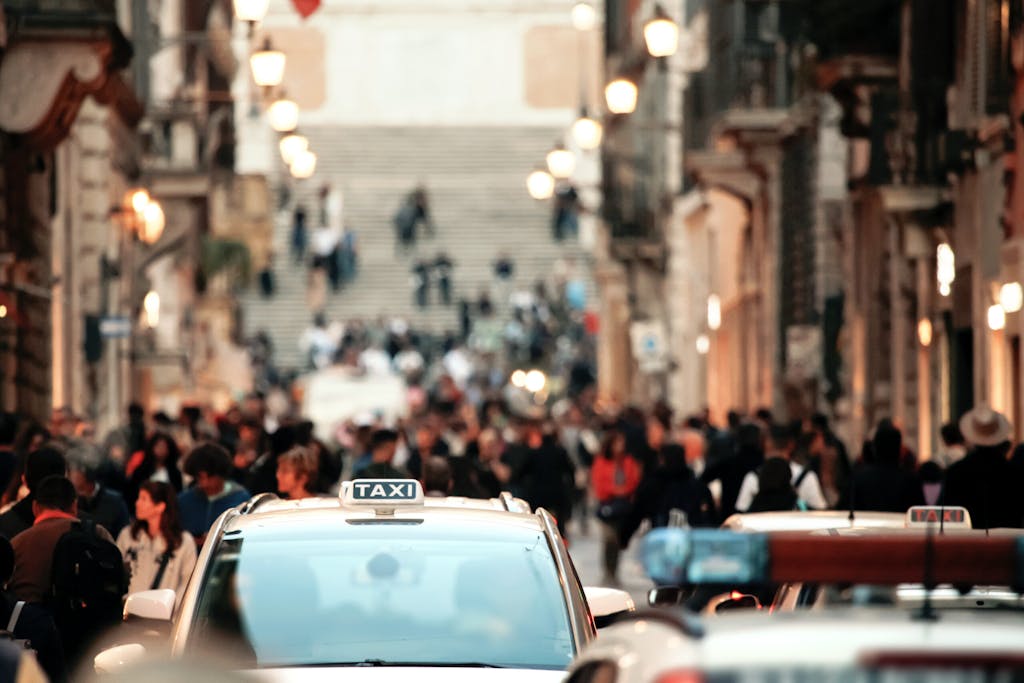
But first, some travelers who are worried about crowds, I’ve heard. In the first months of 2025, it’s the city that felt emptier than expected. You want proof? Try calling a cab, a litmus test for me. Between March and December in Rome, I can rarely find a cab in less than 10 or 15 minutes, longer at peak times. I was finding them easily, and cabbies were complaining about the lack of customers too. But with the death of Pope Francis and the selection of Pope Leo XIV, things may be picking back up.
if you read this story a bit later in the year, when the city will be full once again, if you follow my lead and try to see it with the eyes of a local you won’t be sorry. I’ll tell you what I’d do if I were you.
Ready? Let’s go.
Rome builds on its popularity

For many months before the start of the Jubilee the city wrapped up some of its most iconic urban landmarks in scaffolding ornated with a gigantic Caput Mundi (head of the world) logo. At the same time, all over town, a small army of skilled serciaroli were busy replacing the city’s signature sanpietrini, the truncated pyramids that make up the oldest part of the city’s pavement.
This on top of the lagging construction sites for the new metro line (try digging tunnels in a city that is layers upon layers of historical artifacts) that added more strain to the already congested traffic. Traffic is bad, but then again, Rome is eight times the size of Milan, and a river runs through it. There are seven hills of ups and downs and a freeway junction that’s fit for Los Angeles. Traffic will happen.
Many of the Caput Mundi wrappers have gone, and freshly cleaned piazzas, fountains, statues have emerged. Many are in the city center, such as the glorious fountains of Piazza Navona and the Passetto dei Papi, an ancient escape route for popes that connects the Castel Sant’Angelo to the Vatican. The newly designed Piazza Pia (the largest pedestrian area in Rome, which boasts trees, fountains and bleachers) is at the foot of the castle.
The trick here is to go early in the morning, when crowds will be smaller, the rosy light of dawn is most flattering.
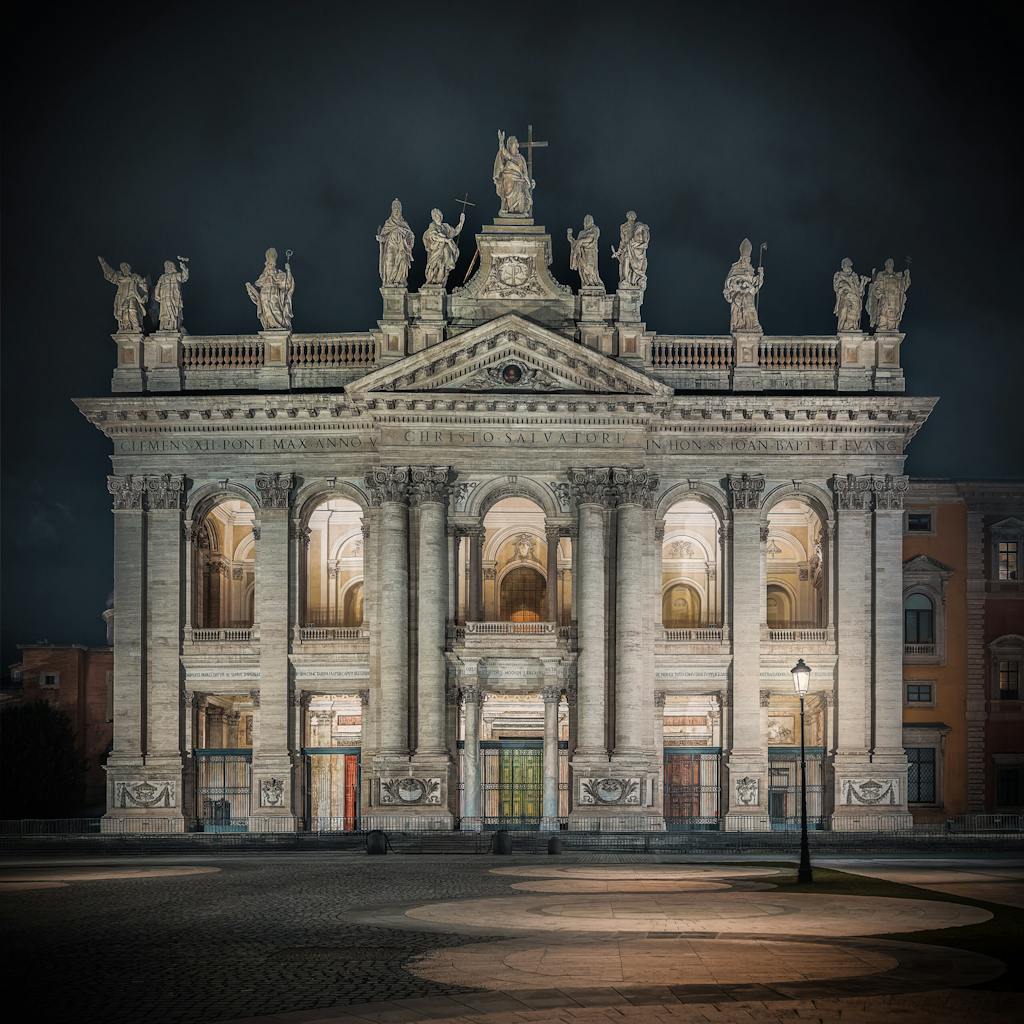
But if I were you I’d explore a bit farther out: Try San Giovanni in Laterano, the first of the four archbasiliche of Rome, past the Terme di Caracalla and the Appia Antica. It’s beautiful, and also framed by a new square, expansive, luminous, grandiose.
Also keep an eye on the CarMe (unfortunate acronym) the Centro archeologico monumentale, an ambitious project to connect, in a pedestrian ring, the Fori Imperiali, Colosseo, Celio, Palatino, Terme di Caracalla, Circo Massimo and Campidoglio.
If you, like me, love buildings of the non-religious kind, organize a few visits through OpenHouse Roma. The architectural association runs a yearly summer festival (May 24-June 1 this year) where hundreds of usually private sites throughout the city open their doors to the public for guided tours at universities, government buildings, private residencies, architectural firms and artist studios, even entire neighborhoods.

Last year I toured EUR (the neighborhood) and the Gio Ponti-designed Department of Mathematics of the Università La Sapienza and it was memorable.
If you miss the festival, you can also book a handful of standalone visits, including Villa La Saracena and L’Ammonite, both a short ride from Rome, both superb. There is also RomaDiffusa, which runs a quirky artsy festival multiple times a year in always different locations, guiding people to the discovery of lesser known but no less interesting parts of town, emphasizing music, performing arts and crafts.
Food, glorious food
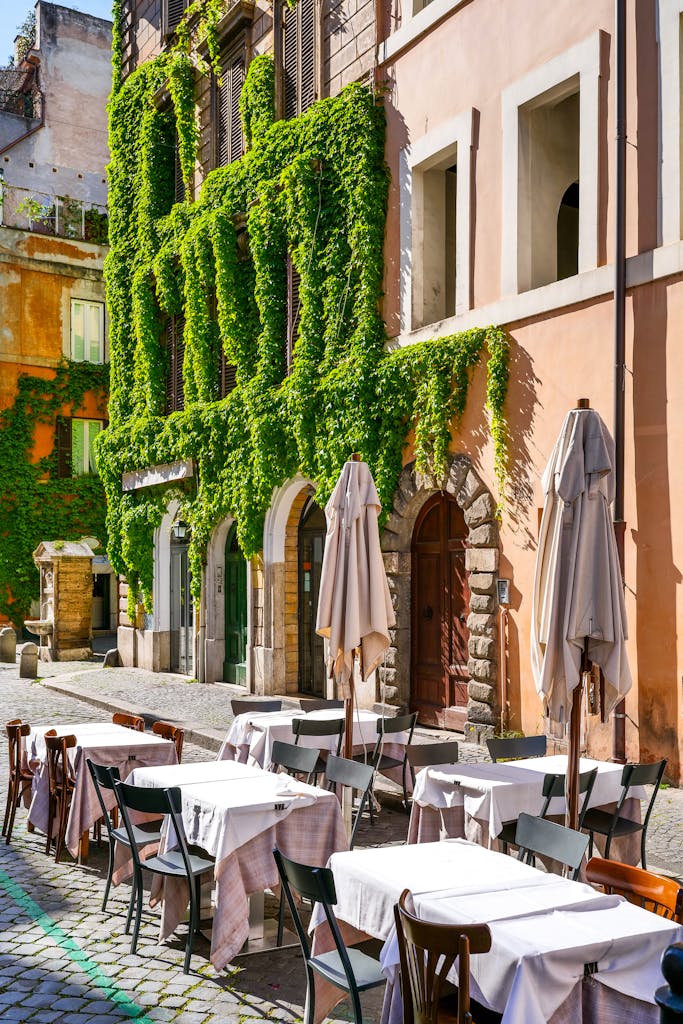
As with many things in Rome, a cultural visit can be a great excuse to try some great food. For instance, after L’Ammonite you can go to Osteria Iotto in Campagnano (a 40-minute ride from Rome), where Marco Pasquali introduced natural wines – and his delicious take on the regional culinary canon – two decades ago This is a different kind of pilgrimage, of chefs, wine producers, celebrities and gastronomic connoisseurs.
Osteria Iotto’s enduring success isn’t random. Throughout Rome and its province there’s a growing movement of trattorie – some more traditional and some more experimental, some historic and some brand new – contributing to making the food scene exciting.
From May 18-25 Rome will even host the first festival entirely devoted to the trattoria. It’s called Hypertrattoria and, full disclosure, I curate this, the first chapter of what will soon become an itinerant project. For those who will dare taste something other than cacio e pepe (blasphemy? I hope not) the options are multiplying.
There’s Santo Palato, already famous, yes, but also always fully booked: It just moved to a more spacious location so you might have a better chance to try Sarah Cicolini’s cuisine. Mazzo, already a city’s must in its old location of Centocelle, has reopened with a bigger one in San Lorenzo, a vibrant, rugged-with-a-heart neighborhood close to the Termini station.
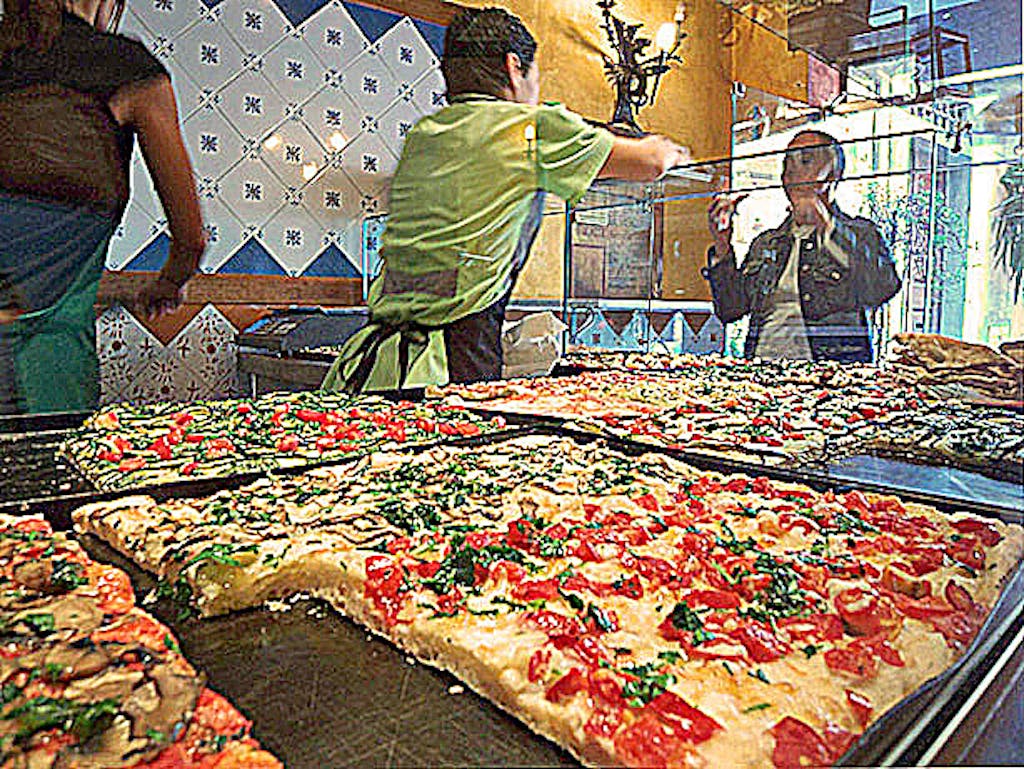
The Trecastelli brothers, who own Trecca (another great example of trattoria one shouldn’t really miss,) have taken over a hole-in-the-wall pizza al taglio (pan sheet pizza) in Garbatella, another interesting working-class neighborhood. The pizza place, called Pantera is soon expanding to a second location across the street from the Circo Massimo.
It’s the ideal time to indulge in multiple servings of pizza al taglio (above) in the city: you may want to try Sancho as well, one of Fiumicino’s finest slices, recently popped up in Rome’s chic Prati neighborhood. Prati is also one of the places with the highest density of fun kiosks, including former newsstands and panini stands repurposed and turned into rowdy outposts for aperitivo, often hosting good dee-jay sets as well. Jot down these names Fischio, Edicola Erno and Prato (all in Prati) and Mostro in Testaccio.
I could go on: there are new specialty coffee and natural wine bars, great music festivals and garden fairs, original ideas for short jaunts out of town (don’t forget Rome is a stone’s throw from the sea and a few great hiking trails).I’ll stop here for now.
Did I whet your appetite? Hope to see you around.
